
This is considered one of the highlights of the conference, when it harmoniously combines in-depth theory and direct practice, giving attendees a comprehensive learning experience.
Fundamental knowledge and updates from leading experts
At the conference, doctors from the Central Eye Hospital delivered a series of dedicated lectures, helping students systematize the examination and assessment process for strabismus and eye movement - basic processes that require precision and coordination of many techniques.
The lecture content does not stop at basic knowledge such as assessing strabismus through familiar tests, typically the Hirschberg test, eye cover test, etc., but also extends to comprehensive analysis of each aspect of vision: from diplopia, fusion to stereoscopic vision.
In addition, leading experts at the Central Eye Hospital also shared and updated many new advances in current clinical approaches.
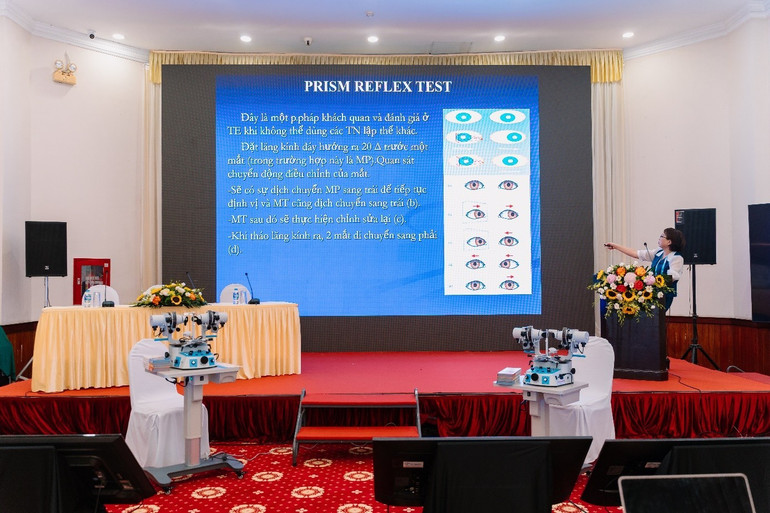
The lectures go into specific analysis of horizontal, vertical, and diagonal strabismus, and clearly guide the method of distinguishing between functional and paralytic strabismus, illustrated with real cases in examination.
In the sharing, the doctors emphasized that the assessment of ocular motility and identification of related strabismus patterns should be performed in parallel with the clinical examination, while paying special attention to the patient's compensatory head posture, to ensure a more accurate and comprehensive assessment result. This comprehensive assessment helps the doctor determine the condition accurately, thereby orienting the appropriate and highly effective intervention method.
Hands-on practice – from basics to specialized equipment
The highlight of the Workshop is the practical part. Under the guidance of the instructor, students were divided into small groups and went through the steps of examination, using basic tools and tests such as Prism, testing with Maddox rods to modern specialized equipment.
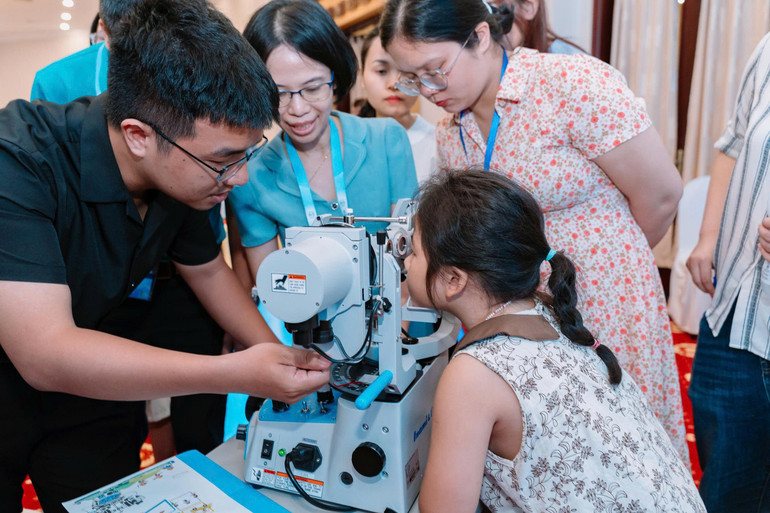
Among them, the most prominent is the Synoptophore device from Inami (Japan) - a familiar device in clinical practice, helping to accurately measure every small angle of strabismus and evaluate both objective and subjective angles of strabismus, ... as well as supporting the recovery and training of visual function in amblyopic patients.
In parallel, the class also practices on the MDT amblyopia training set (Poland) with many new programs, creating conditions for students to access more diverse visual rehabilitation methods.
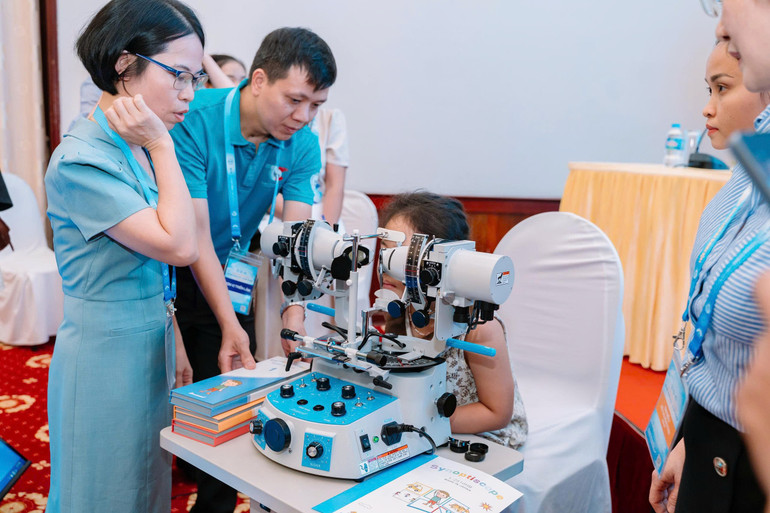
The class took place in an exciting atmosphere, as students took turns practicing, asking questions, discussing and receiving enthusiastic answers from the instructor. Clinical situations were simulated right in the classroom, helping participants not only master theoretical knowledge but also practice directly on real patients.
The workshop “Stragus and assessment of common eye movement disorders” has demonstrated the value of combining academics, practice and technology. With the support of Thien Truong and supporting equipment from Inami (Japan), the class has become an important bridge, helping to spread standardized knowledge and promote the improvement of eye care quality in Vietnam.
Through the program, doctors across the country not only strengthen their knowledge, but also improve their practical skills, access new equipment and broaden their perspective in diagnosis and treatment.
Source: https://nhandan.vn/cap-nhat-kien-thuc-moi-ve-quy-trinh-kham-va-danh-gia-lac-van-nhan-post904057.html



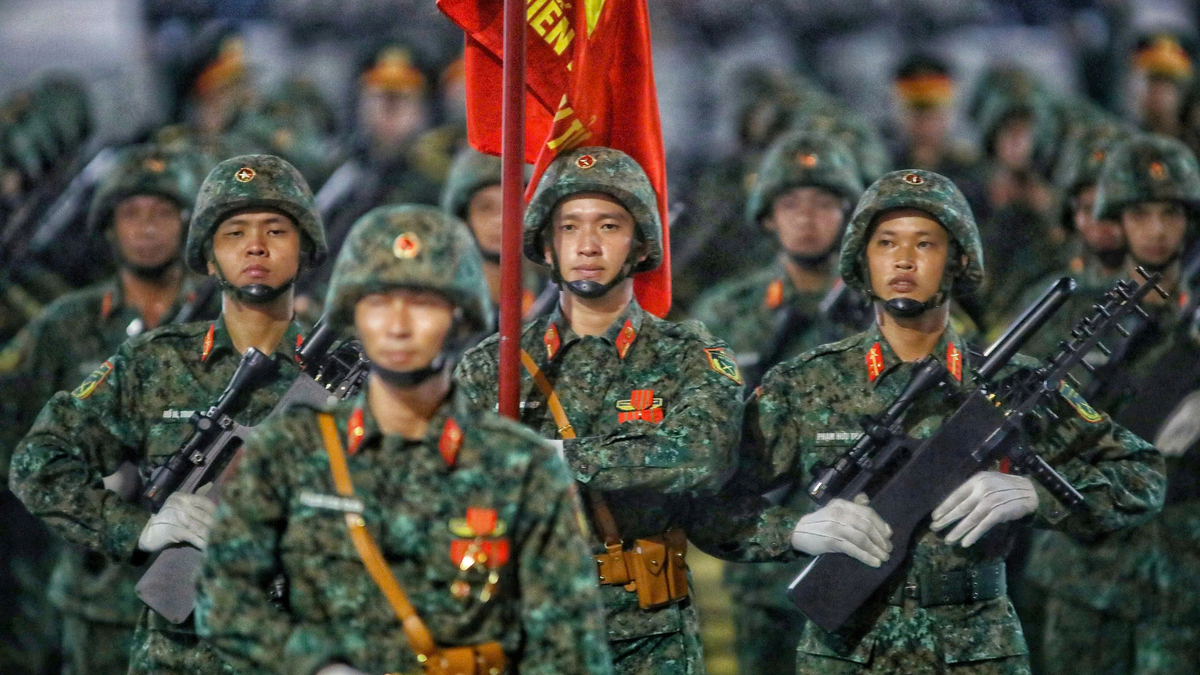
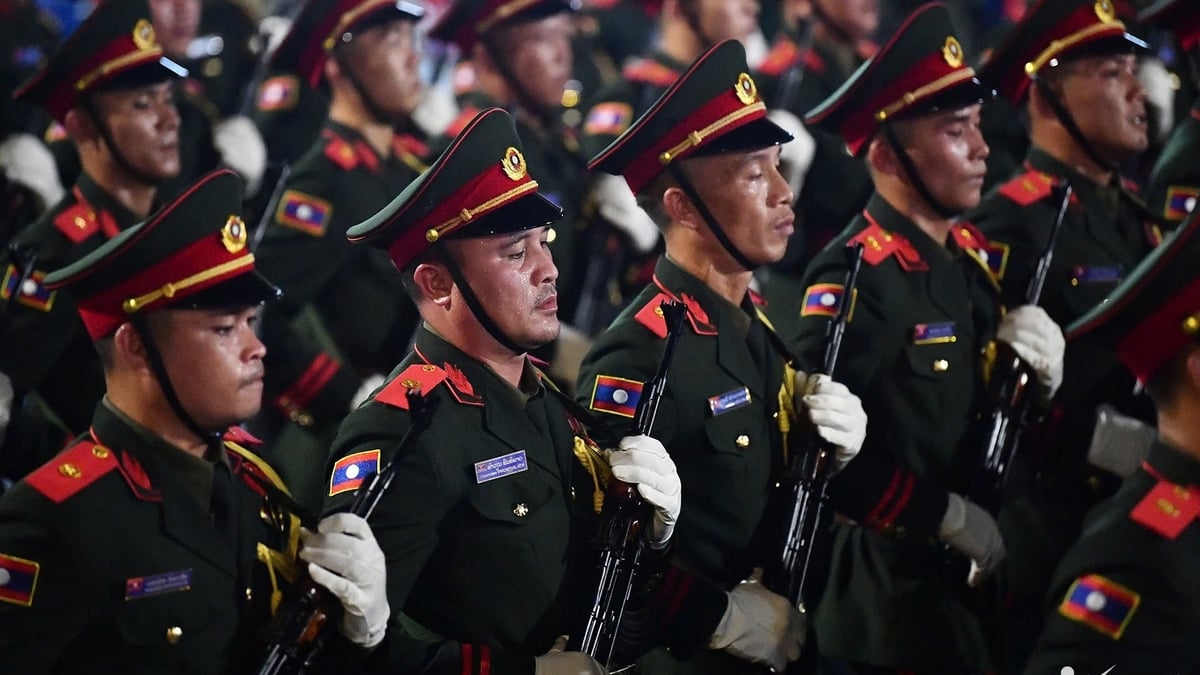
![[Photo] Images of the State-level preliminary rehearsal of the military parade at Ba Dinh Square](https://vphoto.vietnam.vn/thumb/1200x675/vietnam/resource/IMAGE/2025/8/27/807e4479c81f408ca16b916ba381b667)
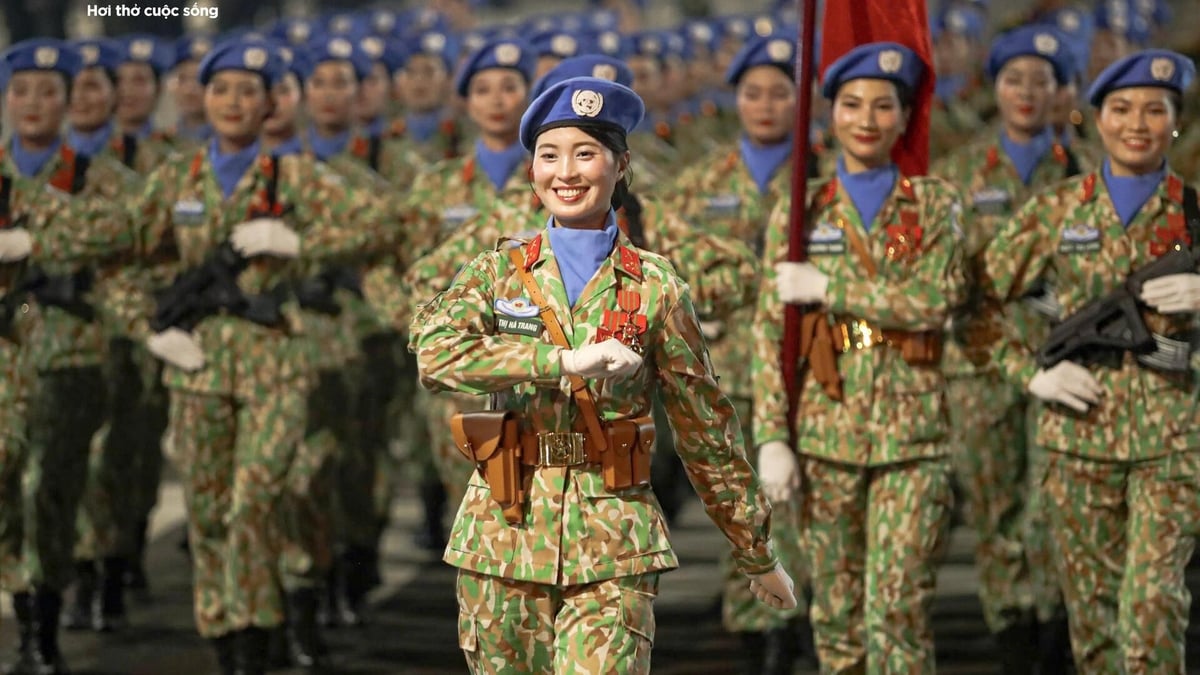
![[Photo] Parade blocks pass through Hang Khay-Trang Tien during the preliminary rehearsal](https://vphoto.vietnam.vn/thumb/1200x675/vietnam/resource/IMAGE/2025/8/27/456962fff72d40269327ac1d01426969)
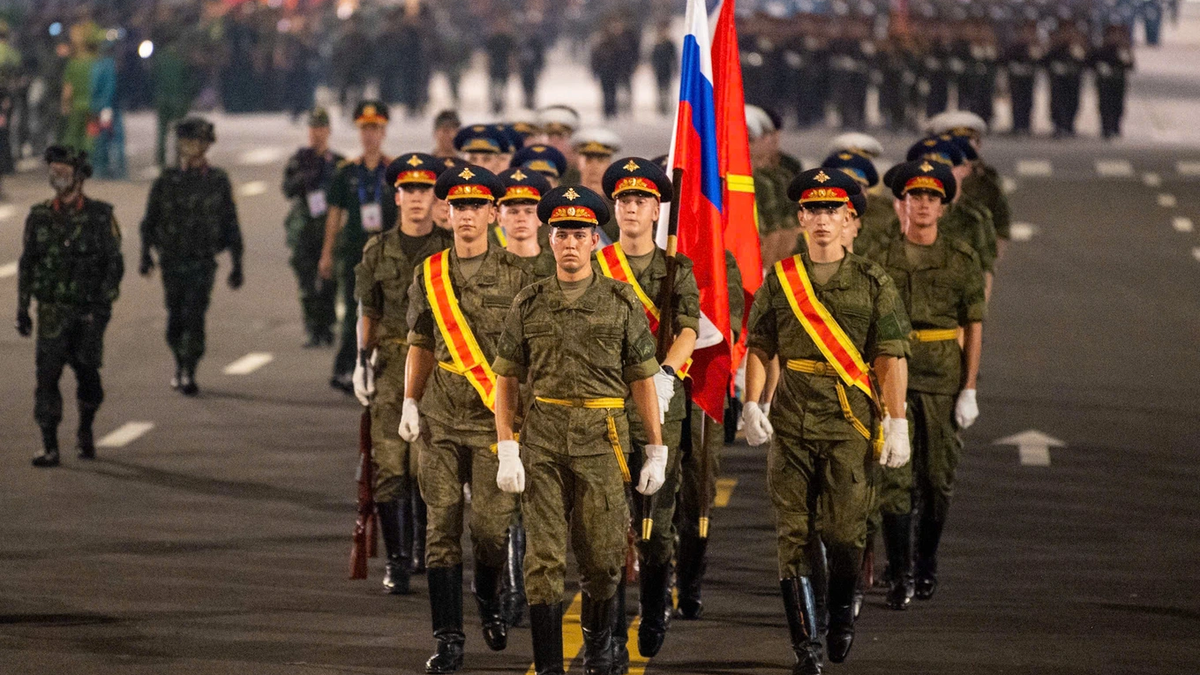


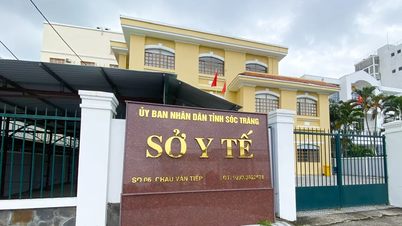




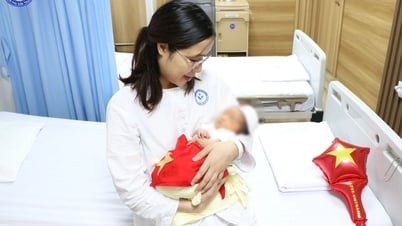

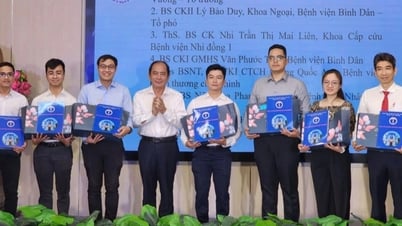




![[Photo] Images of the State-level preliminary rehearsal of the military parade at Ba Dinh Square](https://vphoto.vietnam.vn/thumb/402x226/vietnam/resource/IMAGE/2025/8/27/807e4479c81f408ca16b916ba381b667)
![[Photo] Parade blocks pass through Hang Khay-Trang Tien during the preliminary rehearsal](https://vphoto.vietnam.vn/thumb/402x226/vietnam/resource/IMAGE/2025/8/27/456962fff72d40269327ac1d01426969)

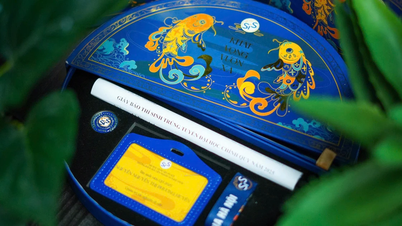
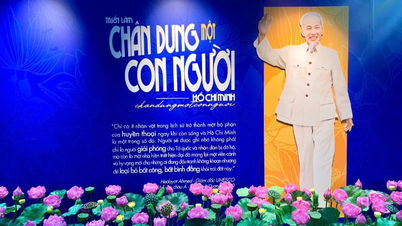













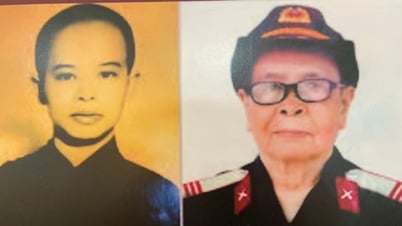

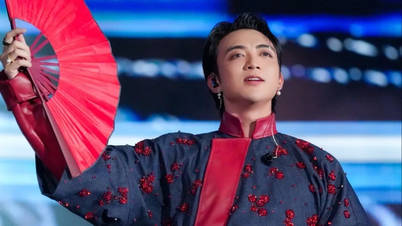
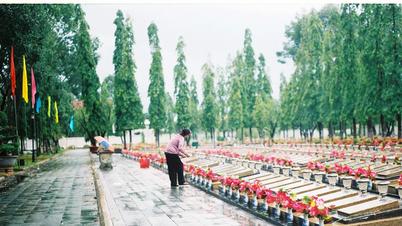
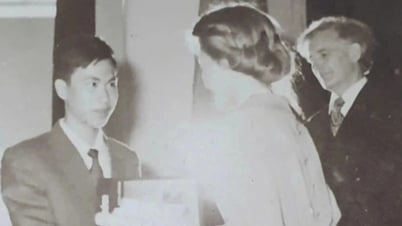






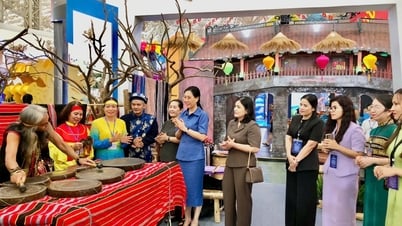
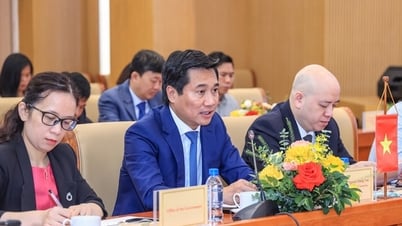





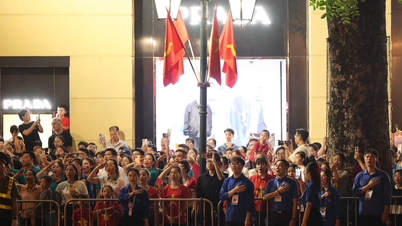

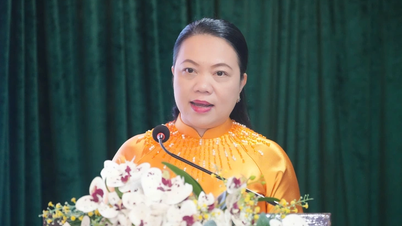
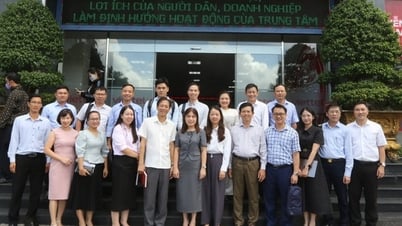





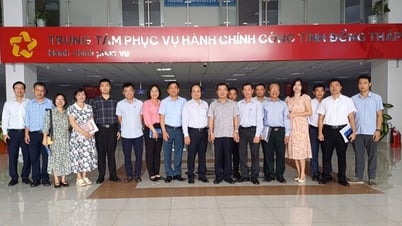
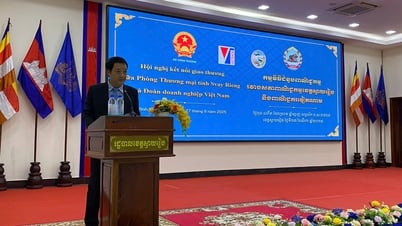
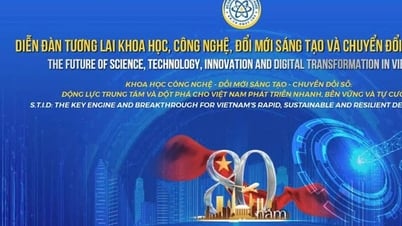




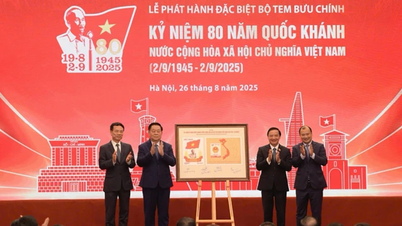

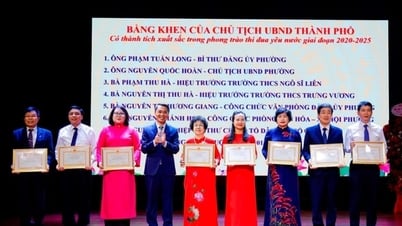




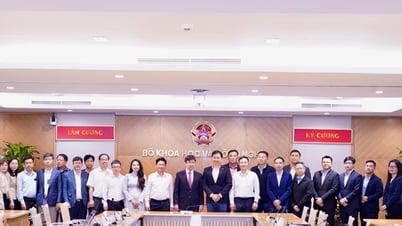



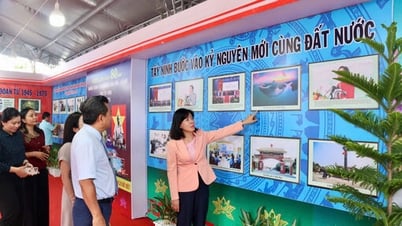










Comment (0)